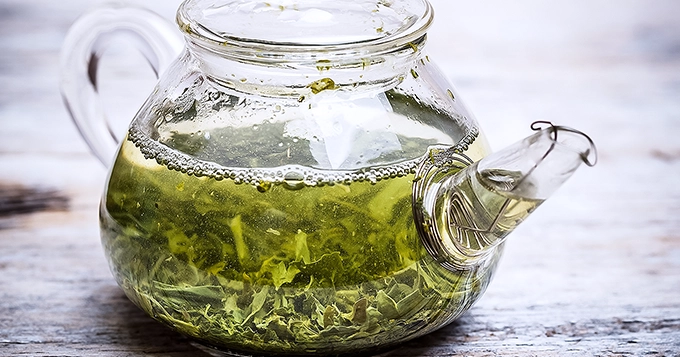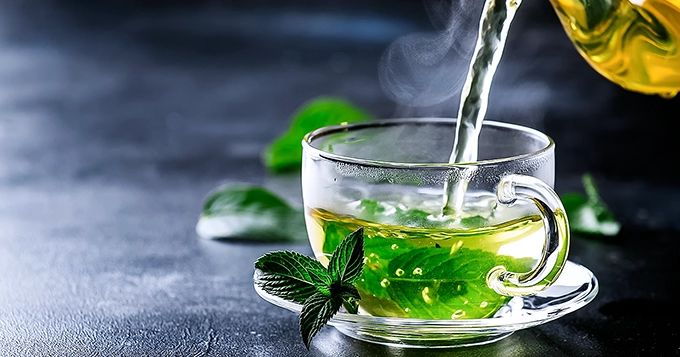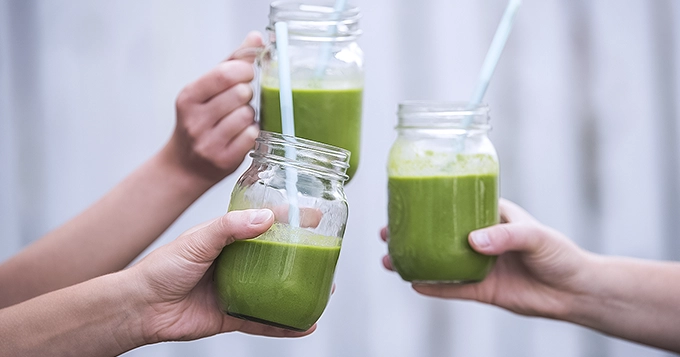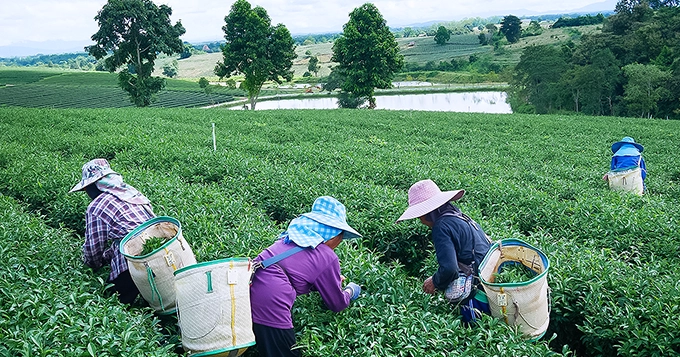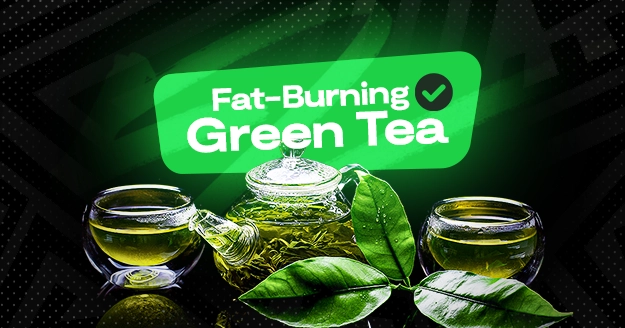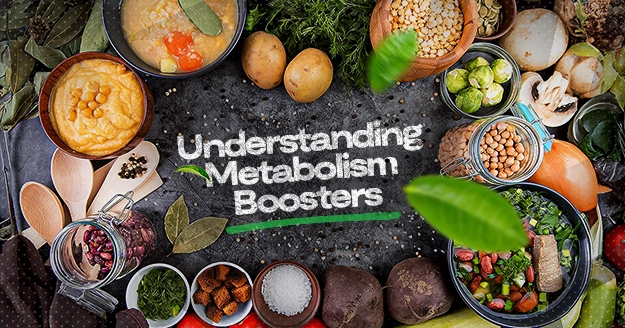Since ancient times, green tea has been prized for both its calming flavor and its ability to act as a natural fat-burning catalyst. This age-old Chinese concoction has gained a lot of recognition for its health advantages – helping with weight management is just one of them.
This article will discuss the science underlying green tea’s ability to burn fat and provide tips for incorporating it into your diet.
What is green tea?
Green tea is derived from the unoxidized leaves of the Camellia sinensis plant. A variety of teas, including oolong and black teas, are made from this plant’s dried leaves and leaf buds. However, green tea does not go through the same fermentation process as the teas previously mentioned.
The leaves of Camellia sinensis are first steamed, then pan-fried, before being dried to make green tea.
Green tea is one of the least processed types of tea. Thus, it contains the most antioxidants and beneficial polyphenols found in the plant leaves.
Green tea for fat loss?
Yes! Green tea is a natural fat burning catalyst. There are multiple reasons why:
First, indirectly, green tea in studies has been shown to increase metabolism — the processes that enable the body to transform food and liquids into usable energy. Simply put, caffeine and tea catechins have the ability to raise your body’s energy expenditure. Thus, aiding in fat loss.
Green tea fat burner properties are thanks to caffeine and an antioxidant flavonoid known as catechins. Studies indicate that these two substances have the ability to increase metabolism. Catechins and caffeine have the ability to raise the body’s energy expenditure. Plus, tea catechins can also aid in breaking down extra fat.
Green tea supplements with caffeine or catechins have been discovered in a 2010 review to have a minor but beneficial effect on achieving weight loss and managing weight.
However, most studies often test green tea using amounts of catechins or caffeine that are a bit more than what you’d find in your usual cup of green tea.
You should know that using green tea as your only strategy for fat loss is not that effective. It is still important to incorporate other fat-loss methods in your routine, such as regular exercise and eating a healthful diet. Green tea, plus these techniques, can help you reach your fat loss goals.
Other health benefits of green tea
Green tea contains a range of different nutrients, including:
- B vitamins
- folate
- magnesium
- flavonoids
- other antioxidants
Aside from consuming green tea for weight loss, this tea has also been associated with several health benefits, including:
- Lowers your level of bad cholesterol
- Improves heart health
- Lowers your risk of stroke
- Reduces blood pressure
- Helps protect against cognitive decline
- Helps manage and prevent type II diabetes
- Has anti-cancer properties
- Alleviates anxiety and stress
- Supports bone health
How to incorporate green tea into your diet
Do green tea benefits sound good? Here are some tips for making green tea a part of your daily routine:
- Trade your usual coffee or tea for a comforting cup of green tea. This not only ensures a boost in energy but also guarantees that you remain refreshed and hydrated throughout the day.
- Enjoy a cup of green tea after meals. It’s not just a tasty drink; it promotes digestion and supports your efforts in managing weight.
- Add green tea to your smoothie: This antioxidant-rich addition not only detoxifies your body but also imparts a healthy glow to your skin.
- Whenever the weather is hot, prepare a rejuvenating iced green tea. Brew, chill, and then add ice, honey, and a splash of lemon for a revitalizing treat.
- Elevate your snack choices by choosing green tea over calorie-heavy treats and drinks between meals. This not only reduces your calorie consumption but also keeps you satisfied for longer.
- Explore your culinary creativity by using green tea in your dishes. You can use it to add a distinctive and unique flavor to your food. Not only does it improve the taste, but also brings numerous health benefits.
How to choose the best green tea?
Selecting premium green tea might be difficult because not all green teas are made equal. This guide can help you choose the best green tea:
- Loose-leaf tea
Loose-leaf tea is consistently the greatest option when it comes to green tea. Unlike tea bags, which frequently include broken or crushed tea leaves, loose-leaf tea is made out of intact tea leaves, which retain more flavor and minerals. Bright green-colored loose-leaf green tea is a sign of freshness and superior quality. Look for tea with this vibrant color.
- Origin
The origin of the tea has a significant role in defining its quality. China and Japan, whose tea manufacturing techniques have been refined over generations, produce some of the greatest green teas. Seek out green teas that have the origin location labeled on them.
- Harvest Date
Check the harvest date. green tea is best enjoyed when fresh and recently harvested. The fresher the tea, the more health advantages it offers and the greater its flavor. Seek out green tea that has been harvested in the previous six to eight months.
- Aroma
One can usually tell how good a tea is by its scent. A superior quality green tea should smell vegetal and fresh rather than musty or stale. Make sure the tea has a nice scent before you purchase it by giving it a good whiff.
- Grade
The size and shape of the tea leaves determine how green tea is rated. The youngest, tiniest, and most delicate leaves are often the highest grade; these are harvested in the early spring. To obtain the best quality tea, look for green tea that is labeled as “first flush” or “spring harvest”.
